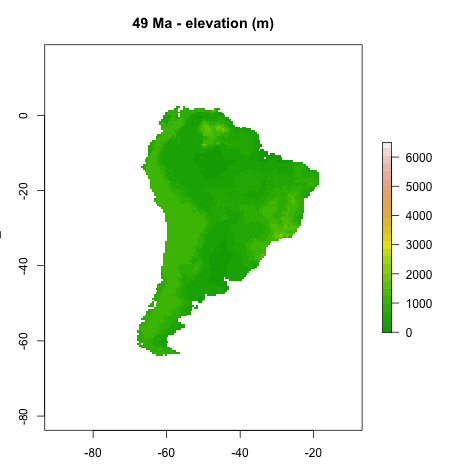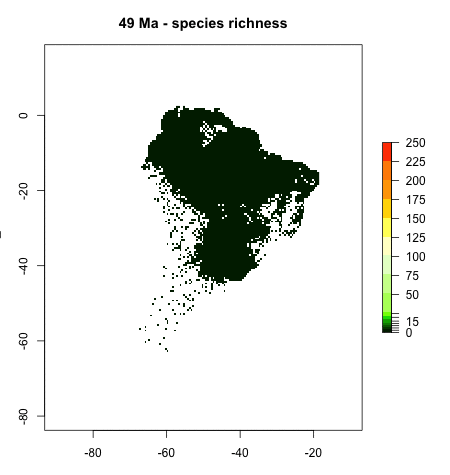Andean Mountain Building
Bridging the gap between plate tectonics, landscape evolution, and biodiversity
On geological timescales, plate tectonic and mountain building processes play a major role in shaping landscapes, especially in regions of high tectonic activity such as plate boundary zones. In this project, I focus on the tectonic and landscape evolution of South America, and study how changes in landscape through geological time shaped modern biodiversity patterns. I first aim to collect available data on Cenozoic surface uplift of the Andes. Crustal shortening in the Andes started around 50 million years ago (Ma) and continues today, and shortening rates are well constrained for many cross-sections through the Andes. The history of surface uplift, however, is not straightforwardly linked to shortening, and is much less well constrained, and in some areas such as the Bolivian Altiplano, highly debated.

The second aim of this project is to assess the role of surface uplift and mountain building on biodiversity using a mechanistic modelling approach. See the GaSM page for more information about the used model. This approach allows the assessment of the significance of the uncertainties in the current surface uplift data. We test multiple uplift scenarios, each following a different, contrasting data set of paleo-altimetry estimates, and finally, compare model output with observational datasets on modern biodiversity.

